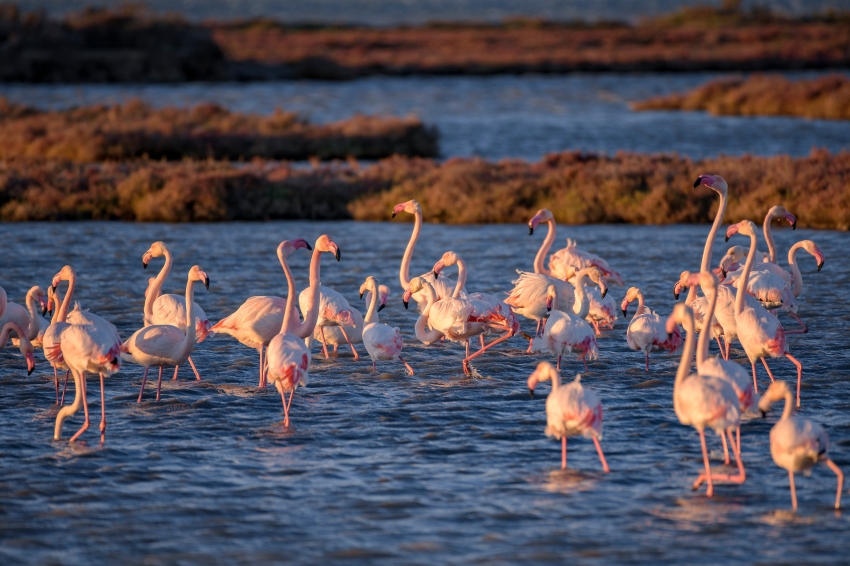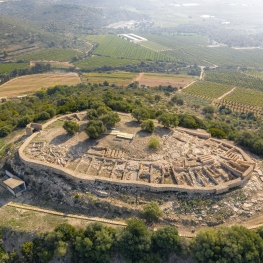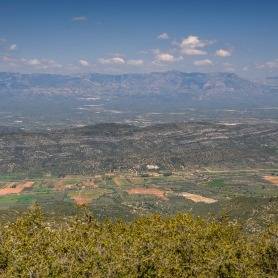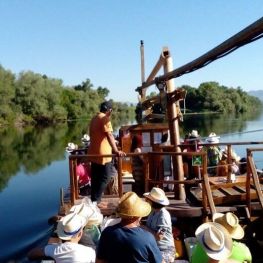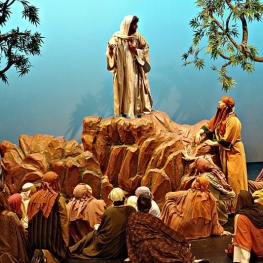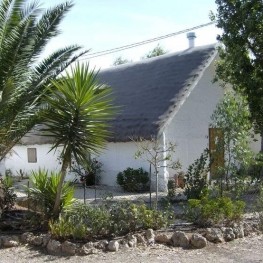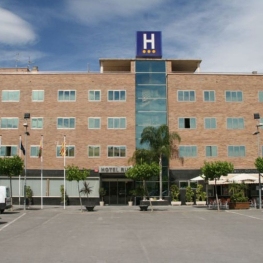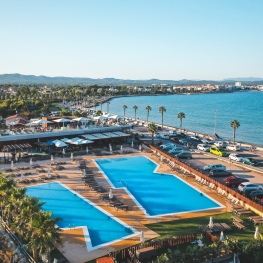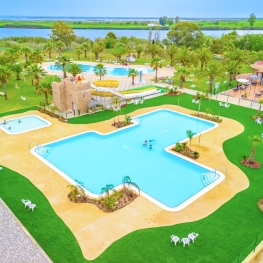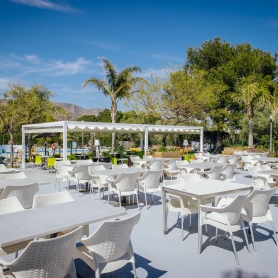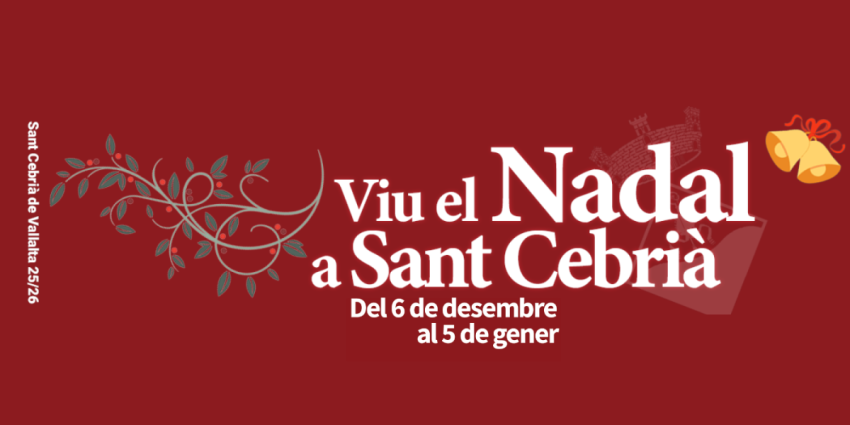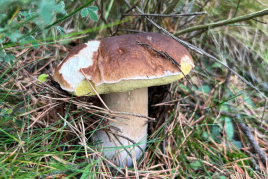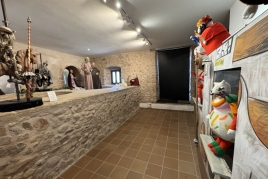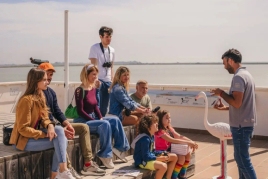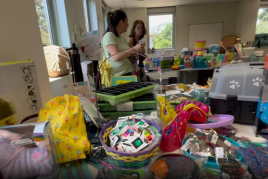The Delta de l'Ebre, a natural reserve to discover
The Ebro delta is a natural space of great biological wealth in which more than 500 plant species coexist, more than 300,000 birds of 300 different species, and it is a wintering or resting area during migratory periods.
This natural reserve is full of contrasts, since the wild beaches of large extensions, the dune fields, the lagoons, the flat spaces where mirages take place and the salt flats share the space with the agricultural exploitation of a large part of its surface., mainly rice fields. In short, it is an ideal environment to get away from the crowds and stress of big cities and experience nature in its purest form.
The route
The delta can be visited in several ways, on foot, by bicycle, by boat, by car..., although if you want to make a weekend stay the best option is to combine all the options. That is, you can travel the greatest distances by car and make several stops at the viewpoints by taking a bike ride or walking. In any case and given the ease with which one can get lost on the roads of the delta, we recommend that before starting you go to the information center of the natural park located in the town of Deltebre, to organize your outings with all the information. needed information.
We propose a route that goes from south to north starting with Alcanar, the southernmost municipality in Catalonia. There you can visit the Remei hermitage, a building from the 16th and 17th centuries and from there approach a nearby hill that houses an Iberian village.
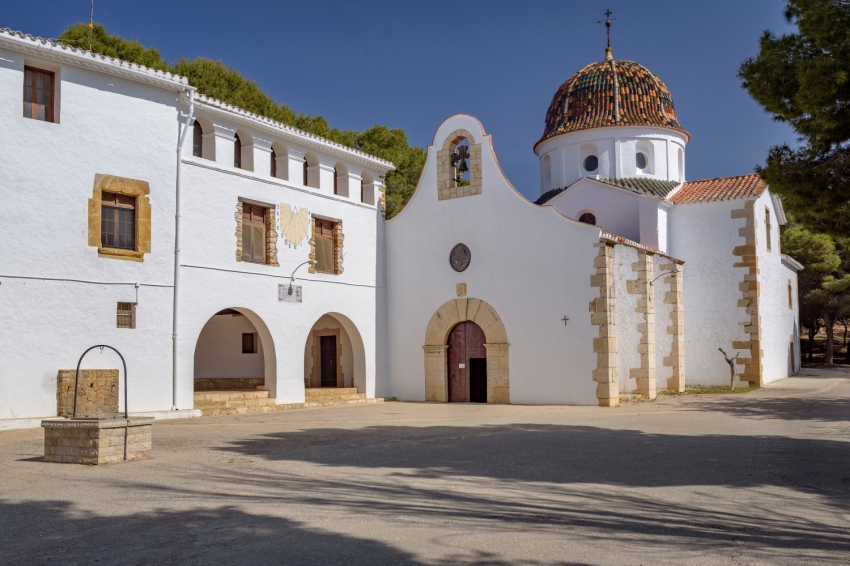
L'Ermita del Remei. Foto: Sergi Boixader
About fourteen kilometers north from Alcanar, you will arrive atSant Carles de la Ràpita, a city anchored at the entrance to the largest natural port in the Mediterranean, Alfacs. Its bay is ideal for practicing sailing, rowing, surfing and other water sports.
From Sant Carles you can enter the Ebro delta through the southernmost part of the natural park. If you skirt the bay you will reach Poblenou del Delta, a town from where you can explore the large Encanyissada lagoon, the largest in the delta. Nearby is the Wooden House, a former hunter's refuge that currently houses an ornithological museum.
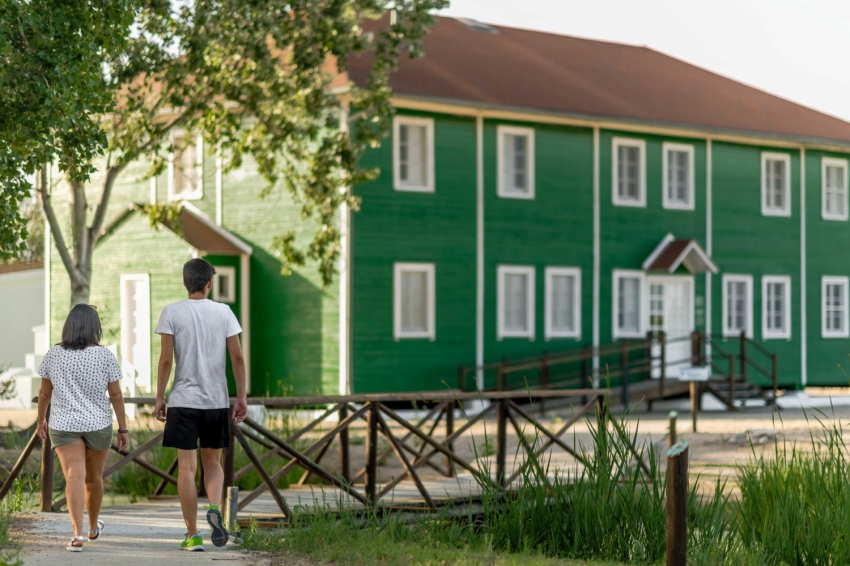
La Casa de Fusta. Font: Turisme Amposta
Next to Encanyissada is Tancada, the second lagoon in the area. If you take a detour to the right you will enter the Trabucador bar, a narrow sand isthmus five kilometers long that you can travel by car until you reach the tip of Banya, one of the most important bird nesting places in the Mediterranean.. In this area you will find the Trinidad salt flats. They cannot be visited, but you can see them from a nearby viewpoint.
From Poblenou del Delta you can head towards Sant Jaume d'Enveja, a town with origins in the exploitation of salt and the construction of the Ebro canal. From there there is a track parallel to the river that, heading north, will take you to Buda Island, which brings together a representation of all the natural environments of the natural park. However, you should know that the island can only be visited by hiring a guided tour, although you can observe it from a dune-viewpoint located on the left bank of the river. Without going too far you can also enjoy the wildest and most virgin beaches of the delta: Mitjorn, Alfacada and the nudist Serrallo.
In 2010 , Lo Pasador was inaugurated, linking the towns of Sant Jaume de Enveja and Deltebre. The bridge has already become an emblem and an infrastructure absolutely integrated into the life of the Delta. What's more, walking when the afternoon falls; admire the sunsets from its highest point; Taking a walk around the neighboring town... is now part of the daily life of the inhabitants of this territory. Lo Pasador has two lanes for cars, one in each direction, a bicycle lane and a rest area along its 250 meters of length. It has a careful design, friendly and well integrated into the landscape environment. At night it lights up and creates a beautiful reflection in the waters of the river.
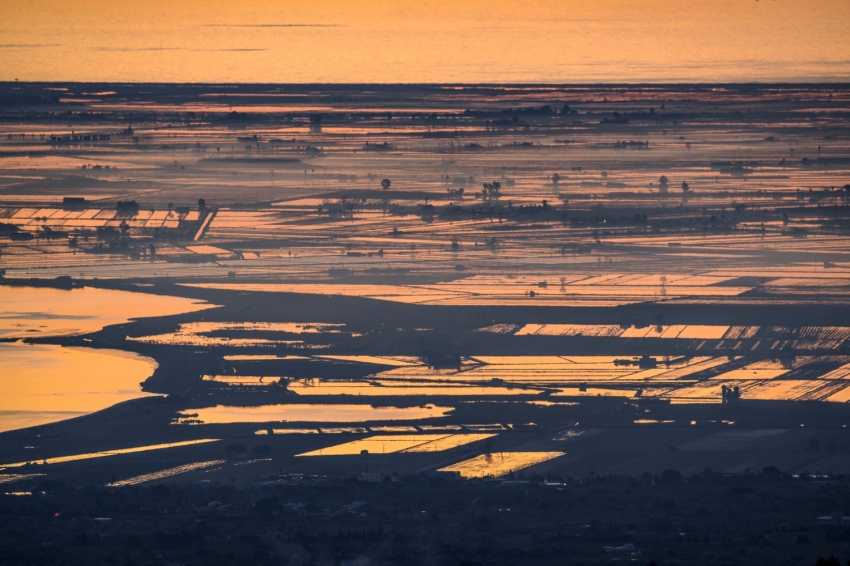
Parc natural del Delta de l'Ebre. Foto: Sergi Boixader
Once you cross Lo Pasador you will reach Deltebre, the largest town in the delta and where the Ecomuseum of the Delta Natural Park is based.
From here, if you take the T-340 you will reach Riumar beach, the only one in the delta that has services. Next to it is the Garxal lagoon, a set of small islets and lagoons that can be admired on foot or by bicycle. You will also find the river port of Gatxo, from where tourist boats leave and sail through the mouth of the river and reach the islands of Buda and Sant Antoni.
A little further to the left of Riumar beach you will find La Marquesa beach and Punta del Fangar, a large area of sand with the best preserved dunes on the entire Catalan coast. Since it is almost at sea level at times, and depending on the strength of the wind, it is flooded.
To say goodbye to the Ebro Delta, we recommend returning toSan Carlos de la Rápita and going up to the Guardiola Viewpoint, from where you will have unforgettable panoramic views of the delta. If you do, I'm sure you'll come back.
How to get?
-
If you come via the AP-7 motorway, towards Barcelona – Valencia, you can choose between exits 39 (l'Ampolla), 40 (l'Aldea-Tortosa) and 41 (Amposta-St. Carles de la Ràpita).
-
If you come via the national N-340, you can choose any of the four exits in the direction of Deltebre.
-
You can also arrive by train, with the line that connects Barcelona and Valencia.
When to go?
The best time to visit the delta is autumn, from October to November, when the rice has been harvested and the fields are filled with migratory birds. The best times to observe them are at dawn and dusk, which is when they go out to look for food.

